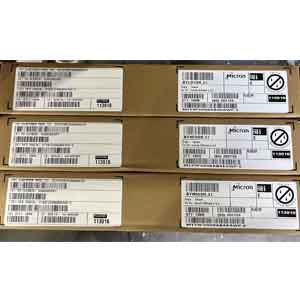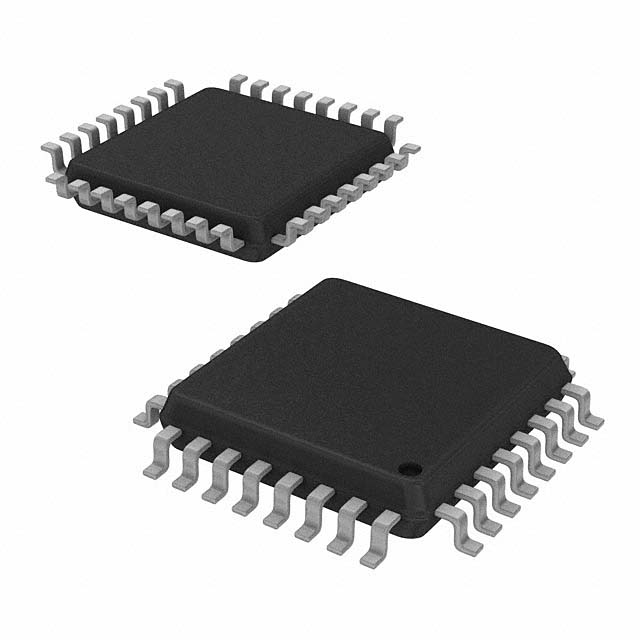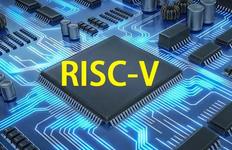There’s no doubt that USB-C has captured popularity among electronics consumers. But the simplicity and features of the technology also make life easier for engineers designing products with this interconnect. Among the key reasons behind this is the ability of USB-C PD (Power Delivery) to transmit power and/or data. All that said, it’s vital to have a suitable controller to get the most use out of a USB-C PD. Finding that controller can make or break an otherwise excellent design.

Figure 1. Many engineers are moving from Apple Lightning and USB-B to USB-C, but unless a well-designed, high-quality IC is implemented, the changes won’t be making the most out of the technology. Image provided courtesy of Pixabay
Benefits of USB-C PD
Many end-users find USB-C connectors much more convenient due to the symmetrical connector that simplifies cable orientation. Moreover, USB-C connectors support fast charging and are both reliable and inexpensive. However, there are additional benefits to their use for engineers.
One of the defining characteristics of USB-C PD lies in the power rules that allow supply up to 100 W at four different voltage levels (5 V, 9 V, 15 V, and 20 V). The voltage supplied is based on application requirements, enabling larger devices such as laptops to be charged without conventional (and unwieldy) chargers.
All that is made possible by the operating protocols of the USB PD standard that support communication between the load and the power source to negotiate the load current and operating voltage needed. If no communication is made with the IC controller for the power adapter—or communication fails at some point during usage—then a USB-C PD charger will provide 5 V and 900 mA maximum load current capacity to prevent damage to the device being powered.
To bypass the 5 V and 900 mA maximum load current capacity, engineers can configure an adjustable voltage supply mode when using the USB PD standard. A device can then request an intermediate voltage between 5 V and the charger’s maximum available fixed voltage without changes being made if communication with the USB-C PD IC fails.
At the same time, multiple devices can be charged using a single adapter. This replaces the need for separate USB-B, micro-USB, mini-USB, or Apple Lightning connectors. This means that electrical engineers can then design products to use a common charging system. This shortens design time, reduces the number of adapters and cables in the BOM (bill of materials), and simplifies product testing requirements.
Power and Data Together
Another advantage of USB-C PD is that it allows power and data (and even video data) to be transmitted simultaneously, and supports video data transmission using a special control mode known as Alternate Mode. This declutters the electronic connections required for designs which reduces the complexity of circuitry and makes the testing and debugging process shorter. And because fewer electronics are needed, there is a potential increase in end-product reliability.
The merging of power and data transmission also eliminates the need for a dedicated video terminal, which is often required for devices such as laptops.
Meanwhile, USB-C PD allows two devices to be connected so that either can act as the power source/sink. In short, USB-C PD technology declutters electronic connections, minimizes the number of adapters and cables needed, and reduces e-waste.
Design Considerations and Limitations
There are a wide variety of uses for USB-C PD controller ICs, ranging from power sink applications such as drones, wireless headphones, power banks, and chargers for tablets/laptops/phones, to devices that require a power sink with data (i.e. external hard drives, smartwatches, smart speakers). Some applications also require a power sink with UFP (upstream-facing port), such as camcorders, DPS (digital point-and-shoot) cameras, monitors, and small POS (point-of-sale) printers.
USB-C PD solutions are available as either single port or multi-port (which combine Type-C and Type-A), but all Type-C ports require a controller. These controllers may not just be standalone devices but may also have to interact with devices such as an MCU (microcontroller) or an SoC (system-on-chip). Although a standalone USB-C PD controller is the preferable approach, if not used additional external protective components may be required that will add to the total cost of the product as well as its complexity.
Another common issue with most USB-C PD relates to firmware modification, which can be extremely difficult to achieve asEngineers designing with USB-C PD technology need to know both the USB-C and PD standards (and just the USB-C standard alone contains over 400 pages). The extensive knowledge base also includes test specifications that must be followed to achieve compliance. Consequently, demonstrating compliance increases the time-to-market and the economic losses associated with it.
Fortunately, there are effective controller solutions on the market that not only address these issues but offer additional advantages as well.
Solutions for USB Type-C/PD-Compatible Devices
ROHM offers several stand-alone ICs for non-communication and peripheral devices, including the BD93F10MWV and BD93E11GW (see Figure 2 ). These IC controllers are engineered for applications that require more than 15 W delivery through the USB cable. They both include an embedded 32-bit Arm Cortex-M0 processor and are compatible with USB Type-C Specification Release 1.3 and USB PD Specification Revision 3.0.

Figure 2. The BD93E11GWL USB Type-C power delivery IC controller supports USB PD using baseband communication. Image provided courtesy of ROHM
For applications that only require USB Type-C (but not full power delivery) capabilities, consider the ROHM BD91N01NUX USB Type-C Sink Port Detection and Protection IC. While limited to smaller 5 V devices, it still provides excellent charging from USB micro B to USB Type-C.
The advantages of a ROHM standalone USB-C PD IC controller include reduced design workload for both engineers and end-users. And since these solutions do not require an external MCU to provide control, they are much easier to use because no MCU coding (and debugging) is needed. At the same time, external GPIO pins are used for configuration, while integrated functions eliminate the need for firmware.
High-voltage Protection and More
What’s more, ROHM USB-C PD controllers integrate protections against high voltages, eliminating the need for external protection that reduces both costs and complexity, which translates to shorter development time and time-to-market. Finally, documentation and support tools, including application notes, installation guides, and evaluation boards/kits, are readily available for these ICs.
Without the right USB-C PD controller, even an outstanding design can come up short. Feeding those needs, ROHM offers an excellent line of controllers that enhance performance, reduce costs, and improve ease of use for both engineers and end-users.
The content comes from allaboutcircuits.






















